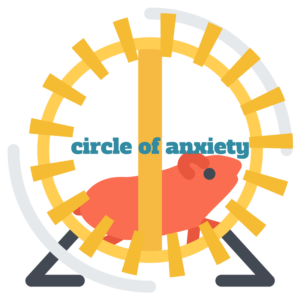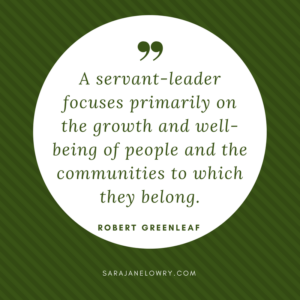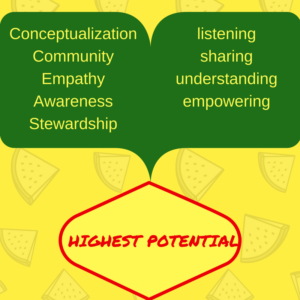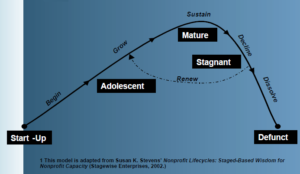Grankseeking seems easy – they have to give the money away, right? If you’re planning on visiting a foundation to ask for funding for your program, your nonprofit, your project, prepare to bypass these grantseeking pitfalls that are  easily avoided. Program officers are people who have the unenviable position of rejecting some 50% of the grants that they’ve agreed to accept. Why make it easy for them to reject your proposal? Here are some tips to consider beforehand:
easily avoided. Program officers are people who have the unenviable position of rejecting some 50% of the grants that they’ve agreed to accept. Why make it easy for them to reject your proposal? Here are some tips to consider beforehand:
Did you follow the directions on the website for what format to follow?
Or did you decide that section wasn’t that important to answeer. (Hint: if you don’t have an evaluation plan, don’t submit until you’ve worked one out. Consider paying an actual evaluator for a couple of hours to talk through some ideas.) When you are grantseeking, make sure you check the website for how they want to be approached. And don’t send a full proposal if they prefer a letter of intent first.
If you got a grant previously from the funder, did you submit the final report?
I once accompanied an executive di rector, who was new at an organization, to a foundation who had pr
rector, who was new at an organization, to a foundation who had pr
eviously funded them. She was excoriated by the foundation for not submitting the final report for the previous grant, and trust me, that’s not how you want your visit to go. And don’t make the funder remind you that the interim report is due. You could use it as an opportunity to tell the funder what great things are happening in your project! It’s your legal responsibility: you promised to do certain things in exchange for money.
Your funder is a professional, so you need to be one too.
Funders want to get to know you as a person and a leader. Please be professional. This is not the time to lecture them about not funding you in the last grant cycle. Or complain, whine, or show your anger. You want to turn the program officer into a passionate advocate for your cause. Why? Because they have to present on your behalf to their board. Give them all the information they need to do it. Show you have thought through your methodology and understand your cause better than anyone else.
Create trust
Grankseeking is more than writing the grant. Showing that you’re dedicated, competent, and someone who will get done what you say you will do, will take you far. If you spend the money other than what you say you will spend it on, don’t expect them to trust you the next time around. Of course things change, but communicate with the funder to let them know when major budget items change, don’t just assume it will be okay. Dependability and accountability – they want to know that investing in your nonprofit will pay off in real social impact.
When grantseeking, tell the truth
You might think it’s okay to list 3 other foundations that are interested in supporting your project because you’ve sent letters of intent to them, but it’s not. Guess what – funders talk to each other when they’re considering your proposal. They’ll call and find out that in fact that funder doesn’t know anything about you or the project. Instead, let them know who you’ve identified that expressed interested in your project, who else you are planning to talk to, and who has approved funding. When grantseeking, you might be surprised that the funder might offer to help by making a call themselves founders you’re approaching.
If you are turned down, reach out to find out WHY
 Even if you were invited to submit a proposal, and you worked hard to meet the required demands, kept it within budget the funder wanted to see, and submitted all attachments, it was still just an invitation and it could be turned down. Take a deep breath, and call to see if you can find out why. It might be that they had more competition in your area than expected, or wanted to more deeply invest in a competitors proposal. Maybe the competitions proposal was more detailed in terms of methodology. Maybe it was just favortism, because that happens too. If they won’t respond to your request for more information, be sure to visit their website and look at recent grants to see what did get funded.
Even if you were invited to submit a proposal, and you worked hard to meet the required demands, kept it within budget the funder wanted to see, and submitted all attachments, it was still just an invitation and it could be turned down. Take a deep breath, and call to see if you can find out why. It might be that they had more competition in your area than expected, or wanted to more deeply invest in a competitors proposal. Maybe the competitions proposal was more detailed in terms of methodology. Maybe it was just favortism, because that happens too. If they won’t respond to your request for more information, be sure to visit their website and look at recent grants to see what did get funded.
Grankseeking isn’t easy, and takes a lot of work. Make sure you don’t sabotage your organization with avoidable pitfalls. Be organized. Know your stuff. Follow Directions.

 ppen if they don’t get that next gig, or work 12 hour days. They compare themselves to hamsters on a wheel running faster and
ppen if they don’t get that next gig, or work 12 hour days. They compare themselves to hamsters on a wheel running faster and Freelancers tend to think of their services very narrowly. And that thinking tends to narrow the type of work they take on. Entrepreneurial thinking means seeing opportunities to meet a customer need with a new service or product. One idea can change everything.
Freelancers tend to think of their services very narrowly. And that thinking tends to narrow the type of work they take on. Entrepreneurial thinking means seeing opportunities to meet a customer need with a new service or product. One idea can change everything. leadership one can choose in our world today. Certain types
leadership one can choose in our world today. Certain types  As a servant leader, you express care and concern for staff and board members. You show empathy for their challenges
As a servant leader, you express care and concern for staff and board members. You show empathy for their challenges



 wise choice as they are in the midst of strategic planning. An experienced interim director keeps all the balls in the air. The right interim will be able to add some new networks and processes to the organization.
wise choice as they are in the midst of strategic planning. An experienced interim director keeps all the balls in the air. The right interim will be able to add some new networks and processes to the organization.


